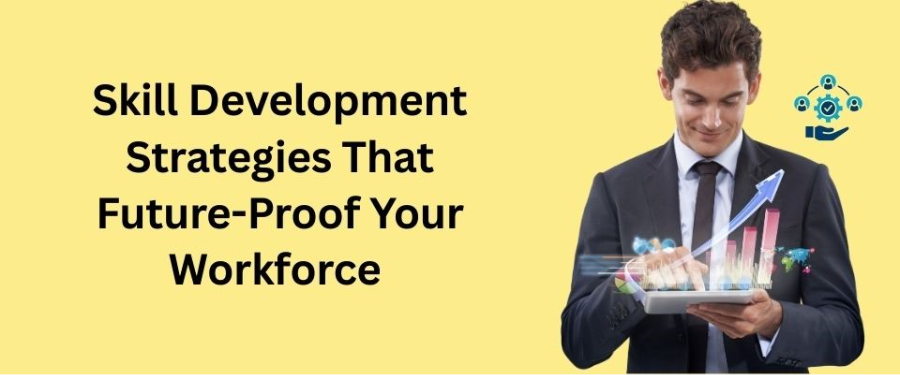
Skill Development Strategies That Future-Proof Your Workforce
Skill Development Strategies That Future-Proof Your Workforce
In today’s rapidly evolving business landscape, organizations cannot rely on static skills or traditional training programs. Technology, changing business models, and shifting employee expectations are driving the need for continuous learning and development. Research shows that 87% of executives believe skill gaps will negatively impact business outcomes if not addressed (McKinsey).
Future-proofing your workforce requires intentional strategies that align skills development with business needs, employee aspirations, and emerging trends.
1. Adopt a Skills-Based Approach to Talent Development
Instead of focusing solely on roles and job titles, organizations should map skills and competencies. This approach allows HR teams to identify skill gaps, match employees to new opportunities, and design learning interventions that matter.
Gartner research shows that companies leveraging skills-based development are 3 times more likely to adapt successfully to changing business needs.
2. Embrace Continuous Learning
One-off training programs are no longer sufficient. Employees need access to continuous learning opportunities, from micro-learning modules to on-the-job practice and mentorship. Embedding learning into daily workflows ensures knowledge retention and real-time skill application.
According to LinkedIn’s Workplace Learning Report, organizations with a continuous learning culture see 21% higher employee engagement and 17% higher retention.
3. Personalized Learning Journeys
Every employee has unique learning needs and career aspirations. Personalized learning paths, powered by insights into current skills and growth potential, help employees focus on areas that maximize their impact and career growth.
McKinsey notes that personalized learning experiences improve knowledge retention by up to 60%, while increasing motivation and engagement.
4. Encourage Lateral and Cross-Functional Development
Skill development isn’t limited to vertical growth. Lateral moves, project rotations, and cross-functional exposure help employees acquire versatile skills, broaden perspectives, and increase organizational agility.
Organizations that encourage cross-functional development are 1.5 times more likely to report higher employee engagement scores and stronger innovation metrics (Gartner).
5. Leverage Behavioral Insights for Learning Adoption
Even the best learning programs fail if employees do not engage consistently. Using behavioral nudges—reminders, progress tracking, and recognition—can reinforce learning habits and ensure employees complete development programs.
Research shows that consistent micro-interventions increase completion rates by up to 40%, while also improving skill application on the job.
6. Measure Skills Impact, Not Just Completion
It’s crucial to track not just course completion, but actual skill application and business outcomes. Using real-time analytics and performance data, HR teams can identify which learning initiatives drive measurable results and refine programs accordingly.
Gartner reports that organizations that measure skills impact rather than just learning activity experience 20-25% higher ROI on their learning and development programs.
Conclusion
Future-proofing your workforce is not just about offering courses—it’s about creating an ecosystem that continuously builds, applies, and evolves skills in alignment with business goals.
By adopting skills-based development, promoting continuous and personalized learning, encouraging lateral growth, leveraging behavioral insights, and tracking real outcomes, organizations can build a resilient workforce ready for the future.
Platforms like entomo enable organizations to integrate these strategies into everyday workflows—empowering employees with the right skills at the right time and helping businesses stay competitive in an ever-changing landscape.